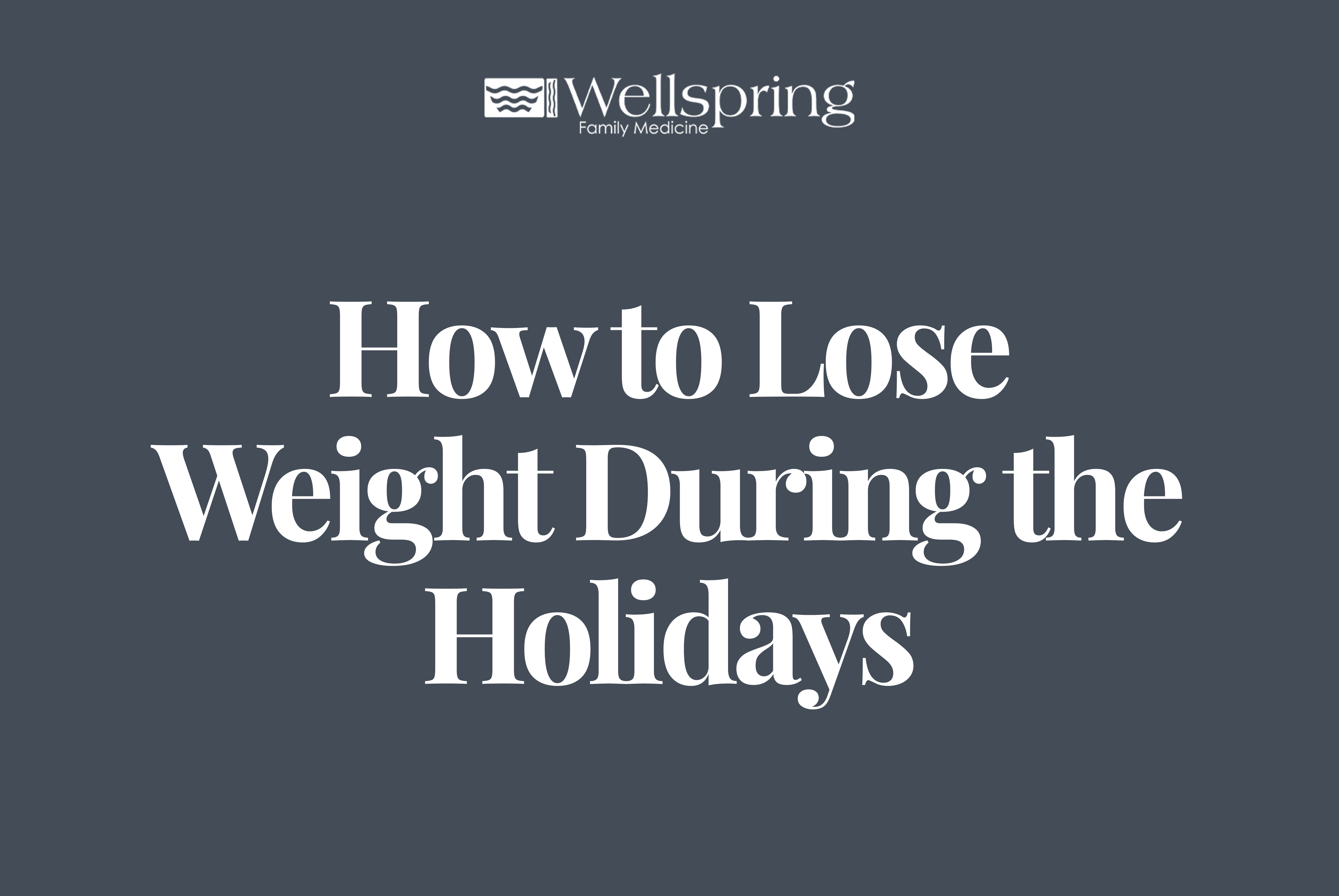
14 Dec How to Lose Weight During the Holidays
The Christmas Holidays is usually a time of sharing with friends and family. There usually are several parties or get togethers that include a common denominator – GOOD FOOD!! In fact, most adult Americans will average about 1-2 pounds during the winter holiday season. Unfortunately, the weight tends to accumulate of the years. Believe it or not, it is possible to keep your weight the same during the holidays or even – LOOSE WEIGHT. Below are a few tips to help you with your holiday eating plan.
1. Be consistent with eating breakfast
What’s for breakfast – coffee? Most mornings, we barely glance at the kitchen. Fixing breakfast takes up precious time that’s in short supply. But there’s ample evidence that the simple act of eating breakfast — every day — is a big part of losing weight, lots of weight.
Eating breakfast is a daily habit for the “successful losers” who belong to The National Weight Control Registry. These people maintained a 30-pound (or more) weight loss for at least a year.
78% of participants in the Registry reported eating breakfast every day, and almost 90% reported eating breakfast at least five days a week – which suggests that starting the day with breakfast is an important strategy to lose weight and keep it off,” says James O. Hill, PhD, the Registry’s co-founder and director of the Center for Human Nutrition at the University of Colorado Health Sciences Center.
2. Fill up on Fiber
It is a simple fact that we need to be in calorie deficit to lose weight. That is, more calories (energy) need to be leaving the body than entering it. Anything that reduces our appetite can make us take in fewer calories without having to think about it. Fiber is often believed to have this effect… that is, making us feel more satiated so that we eat less.
However, according to the evidence, only a specific type of fiber does this. A recent review of 44 studies found that while 39% of fiber treatments increased satiety, only 22% reduced food intake. If we break it down further, it seems that the more viscous a fiber is, the better it is at reducing appetite and food intake.
Viscous fibers are found exclusively in plant foods. Rich sources include beans (legumes), flax seeds, asparagus, brussels sprouts and oats, to name a few. If you’re planning to switch to a high-fiber diet, remember to do it gradually to give your body time to adjust. Abdominal discomfort, cramps and even diarrhea are common side effects if you ramp up your fiber intake too quickly.
3. Start or continue your physical activity plan
The holidays are full of delicious feasts, turkey dinners, and tantalizing sweets left and right. Add on top of that the inherent sense of laziness that comes with vacation, and finding a chance to exercise feels impossible and nearly useless. Just 30 minutes of activity each day can keep your weight gain under control. Exercise also relieves stress, which you might be experiencing a lot of during the holidays, and makes you feel better about yourself. But exercise doesn’t have to be something exhausting or strenuous, and there are plenty of fun ways to keep yourself and the kids active during the holidays.
During the holidays, it’s easy to find your schedule full of activities. For those with busy schedules, the best plan of action is to make exercise the first thing on your agenda. Working out first thing in the morning helps make exercise a priority. Working out in the evening can prove difficult because you have places to go and people to see—and plenty of time throughout the day to come up with excuses for why you can’t exercise.
Remember, just 30 minutes a day is enough to keep in shape. If you have trouble finding time, try to spread those 30 minutes into three 10-minute workouts over the course of the day. Ten minutes is enough for a simple workout routine that includes jogging, jumping jacks, jump rope, or weights.
4. Drink Water
You’ve probably heard the whole “water makes you feel full” spiel before. But water’s ability to help you pinpoint your hunger level is even more helpful than its filling abilities. Oftentimes, we think that we’re hungry, but we’re just thirsty. When you feel “hunger” set in, drinking some water can help you determine how ravenous you are. One 2015 study from the University of Oxford found that obese adults who drank about 16 ounces of water 30 minutes before their meals ended up eating fewer calories and losing 2.6 more pounds than those who simply imagined that their stomachs were full before sitting down for their meals.
5. Eat Slowly
It takes a few minutes for your stomach’s “I’m getting full” signal to get to your brain. After finishing your first helping, take a 10-minute break. Make conversation. Drink some water. Then recheck your appetite. You might realize you are full, or want only a small portion of seconds. This method can keep you from overeating and possibly shave off 200 – 300 calories from your meal.



No Comments